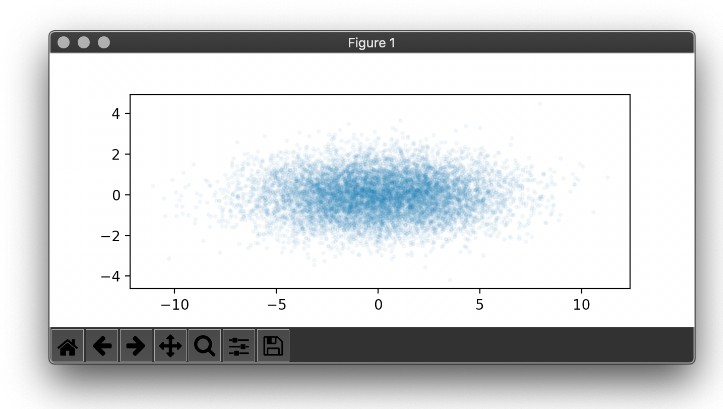chem: collection of mostly python code for molecular visualization, QM/MM, FEP, etc. Very long-term goal is something like enzyme design. Intended for interactive use from standard python prompt.
Major features:
- 3D visualization of molecular geometry, orbitals, ESP, etc.
- fast OpenGL volume and isosurface rendering
- oriented toward analysis and debugging of calculations rather than presentation
- QM/MM driver supporting electrostatic embedding with various charge shifting schemes
- DLC/HDLC/Redundant internal coordinates
- transition state search (Dimer method, Lanczos method), reaction path optimization (NEB)
- read/write .pdb, TINKER, GAMESS and NWChem files
- model creation and setup: build polypeptides, add hydrogens and bonds, mutate residues, solvate
How to use this code:
- If an example in projects/ or test/ looks promising, try using that as a starting point … all the examples are outdated or work-in-progress currently. Open an issue describing what you’re interested in doing and I’ll help with getting started.
- for example, see the “Preparation” section in projects/trypsin1.py; then from the folder containing 1MCT-trimI.pdb, at a Python prompt, run
execfile('<path to this repo>/projects/trypsin1.py') - add
import pdb; pdb.set_trace()to step line by line - see “Examples” in test/vis_test.py for standalone visualization examples
or
- Cut and paste what you need: code is kept as self-contained as possible
- opt/dlc.py: delocalized internal coordinates (DLC) and hybrid DLC; useful for geometry opt. w/ constraints
- opt/lbfgs.py: gradient-only BFGS and L-BFGS optimizers (i.e., no line search)
- opt/neb.py: nudged elastic band (reaction path optimization)
- opt/dimer.py: Dimer and Lanczos methods (transition state search)
- qmmm/resp.py: RESP/CHELPG charge fitting (only harmonic restraints currently)
- mm.py: slow but simple MM energy and gradient for AMBER-type force field (and Hessian for Coulomb and LJ)
- fep.py: simple FEP, BAR free energy calculations
- model/build.py: build polypeptides, add hydrogens and bonds, mutate residues
Requirements:
- Python 3 w/ scipy and numpy (should mostly still work with Python 2.7)
- OpenMM – molecular mechanics calculations
- PySCF – quantum chemistry calculations
See misc/chem-inst.sh for setup on Debian/Ubuntu
Optionally:
- openmmtools – free energy calculations
- TINKER – molecular mechanics calculations
- GAMESS (US) or NWChem – quantum chemistry calculations
- https://github.com/cclib/cclib – for reading GAMESS and NWChem output
Credit to chemlab (3D camera, some shaders) and speck (some shaders), among others.
License:
Any published results obtained using this software should be accompanied by all code needed to replicate.
Screenshot: 1MCT.pdb shown with backbone ribbon, MM atoms as lines, QM atoms as sticks, and components of QM/MM force on each atom as yellow, cyan, magenta cylinders.







